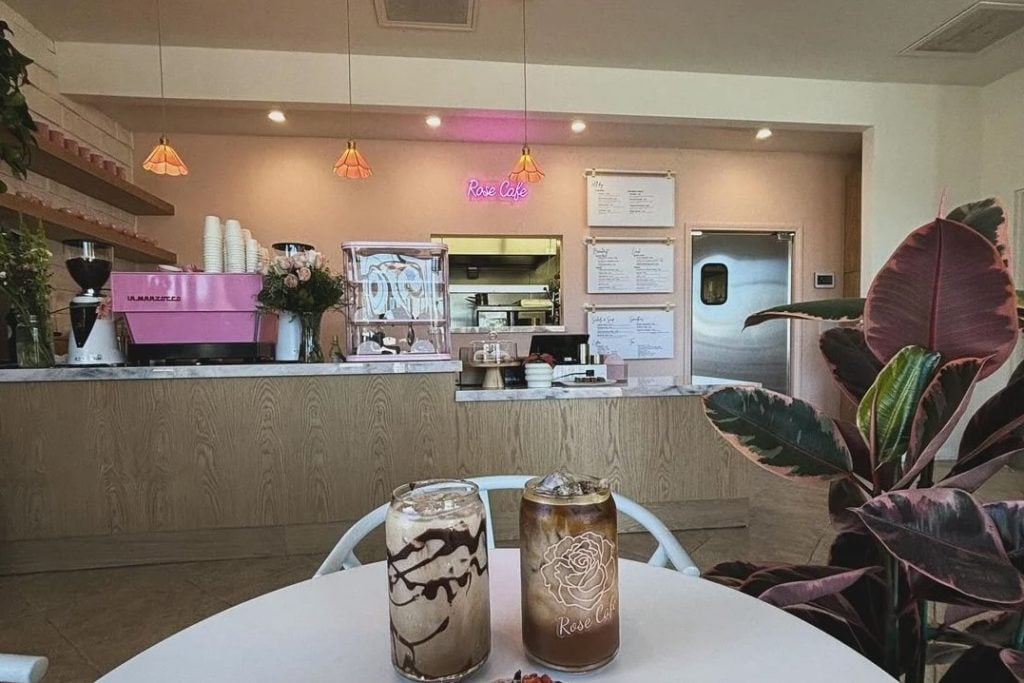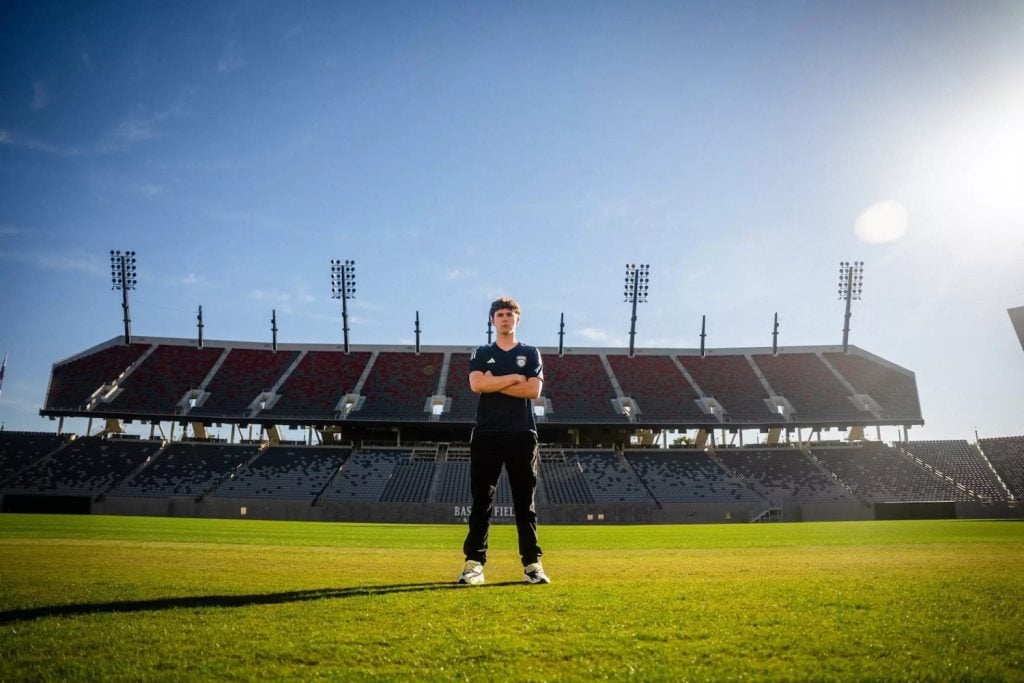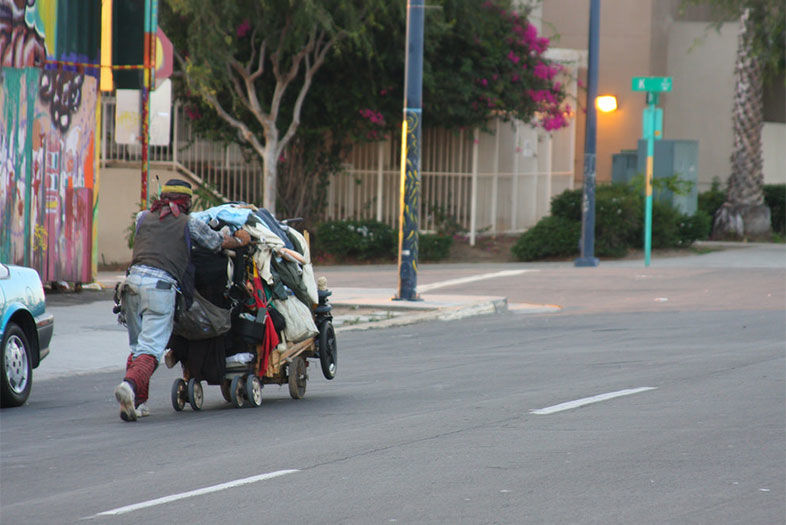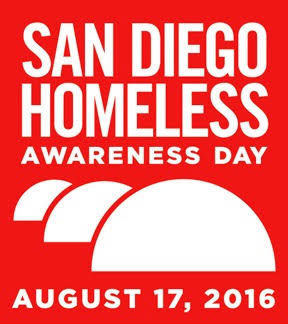
“We’re All One Misfortune Away from Becoming Homeless”
San Diego Magazine is among more than a dozen media outlets posting stories on the issue of homelessness as part of San Diego Homeless Awareness Day on Wednesday, August 17, 2016. It’s a crowdsourcing approach. With stories in print, on TV, radio, and online, San Diego journalists tackle this tough topic from multiple vantages. To follow the coverage, follow San Diego Homeless Awareness Day on Facebook, Twitter and with the hashtag #HomelessinSD.
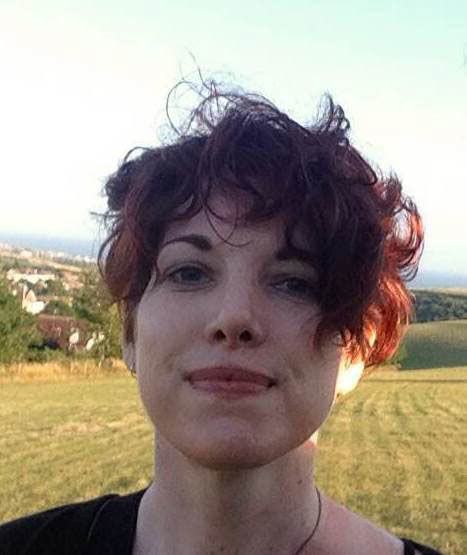
“We’re All One Misfortune Away from Becoming Homeless”
Kelly Davis
San Diego Magazine readers might know Kelly Davis as the columnist behind our weekly SD Sips cocktail blog. But when she’s not hanging out with the city’s top bartenders, Davis is often tackling some more difficult subjects.
She has covered homelessness and other social issues for a number of local publications, including Voice of San Diego, the Union-Tribune, and CityBeat. Some of her stories have even garnered national attention, such as a recent piece on this summer’s brutal attacks on five homeless people that was picked up by Vice.
We talked to Davis about what San Diego is doing right, and why we haven’t already put an end to chronic homelessness.
You have covered homelessness and other social issues for several San Diego publications over the years. What makes you want to tell these stories?
I’ve been writing about homelessness since 2002, when I worked at the Ventura County Reporter. I’ve been drawn to these stories partly due to human interest and partly because I’ve always been interested in criminal justice and mental health issues, both of which so often intersect with homelessness.
San Diego has the 4th largest homeless population in the country. Does it take something brutal like the recent attacks on homeless people to get national attention?
I think homelessness has always been an important issue in San Diego, but certainly there are things that happen that put it into focus, like the recent string of murders. But, there have been other things that drew attention, like in the late ’80s when Mayor Maureen O’Connor dressed as a homeless woman for a few nights to get a better sense of the issue. There was a homeless advocate named Larry Milligan, who died in 2011, who used to hold public hunger strikes to draw attention to homelessness. And the Spencer lawsuit, filed in 2004, exposed how many illegal lodging tickets police were handing out and led to a settlement that now allows folks to sleep in certain public places between 9 p.m. and 5:30 a.m. So, the attention is there; it just waxes and wanes. To Voice of San Diego‘s credit, Lisa Halverstadt (and, before her, Kelly Bennett) has done an awesome job with her ongoing, in-depth reporting on homelessness issues.
In your opinion, is San Diego doing something (whether better or worse) that other cities aren’t in regards to its homeless population?
San Diego’s got two strikes against it when it comes to providing housing for the homeless: high housing costs and great weather. It’s unlikely anyone will freeze to death from sleeping outside in San Diego — not impossible, but unlikely — so we’re lacking that imperative to get folks into some kind of shelter. I give Mayor Kevin Faulconer credit for continuing funding for homelessness programs that was introduced by interim Mayor Todd Gloria in 2014. I just wish the mayor was out there more often, talking about homelessness and the city’s plans to add low-income housing — because there is progress being made. At the end of 2014, the Housing Commission announced the launch of an ambitious program called Housing First that aims to house 1,500 people over three years. Meanwhile, the county is expanding housing opportunities for mentally ill homeless folks, and the Regional Task Force on the Homeless has a coordinated assessment system in place to better understand the needs of the county’s homeless population. These are all important steps and I think (hope?) we’ll see a significant impact soon.
Some critics of how San Diego handles homelessness point to places that have reportedly ended chronic homelessness and ask why we can’t do the same. But, if you take a closer look, you’ll see that it might be the result of how the numbers are being reported (in Utah’s case) and not some brilliant initiative that San Diego’s failed to try. I’ve seen a number of cities brag about reducing homelessness only to see the numbers spike several years later. It’s a complicated problem that doesn’t have a one-size-fits-all-cities solution.
What stories are we (the media) not telling, but should be?
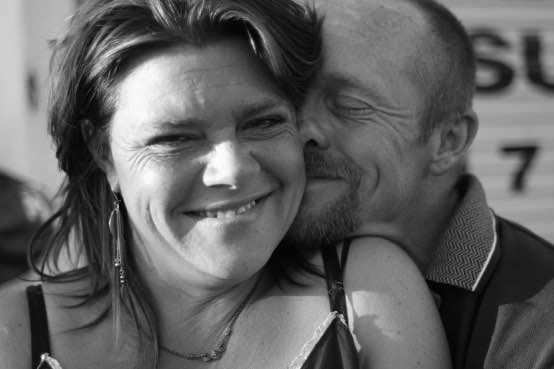
“We’re All One Misfortune Away from Becoming Homeless”
Homeless San Diego couple Patrick and April got married in April, 2009. | Photo by Kelly Davis
A couple of things come to mind: I think we really need to try to figure out why San Diego’s homeless population continues to grow despite new initiatives and a greater focus on programs that work. It’s not that the media isn’t asking why this is happening — I think the answers are just really tough to pin down. I’ve tried and only have theories.
I don’t think the media talks enough about just how difficult it can be to get someone into permanent housing. We write about success stories, but ignore the fact that some people aren’t “housing ready.” Some folks have built up these psychological defense systems to protect them on the street, and it can be tough for them to transition into housing. Case management is such an important component. Marc Stevenson, who heads up case management for Project 25 at Father Joe’s Villages, is brilliant when it comes to figuring out what people need to stay successfully housed. If San Diego could clone Marc (and find an available 800 to 1,000 affordable housing units), we could solve homelessness.
Does covering something for so long that doesn’t seem to be improving much get depressing?
I think things are improving. There are incredible success stories from programs like Project 25. One participant was a homeless man, and a chronic alcoholic, whom I’d met in January 2003. It took awhile to get him into housing, but he would have died on the street if not for Project 25. San Diego has more permanent supportive housing units (housing that includes services) than ever before. More are needed, but at least we have success stories—and studies—to show how permanent supportive housing saves taxpayers money.
So much of the media is reliant on images these days. Do you run into problems finding or getting good images?
Not at all. Going back to Voice of San Diego, photographer Jamie Lytle recently got some fantastic photos of a Mission Valley encampment. Several years ago, I asked to take photos of a homeless street wedding and ended up becoming a guest at the party. As long as you approach people with respect, most are open to having their photo taken.
What kind of connections have you made through covering these stories?
I used to walk around and talk to folks much more often than I do now. I’d have certain people I’d check in with every now and then. I don’t really have those connections anymore. Over the years, I’ve had some amazing conversations with people who’ve lost everything but maintain a better perspective on life than a majority of us housed folks. One thing I’ve learned in talking to people about how they became homeless is how easy it is to end up on the street. It’s a little cliché to say we’re all one misfortune away from becoming homeless, but for a lot of people, it’s true.
More in Homeless Awareness Day:
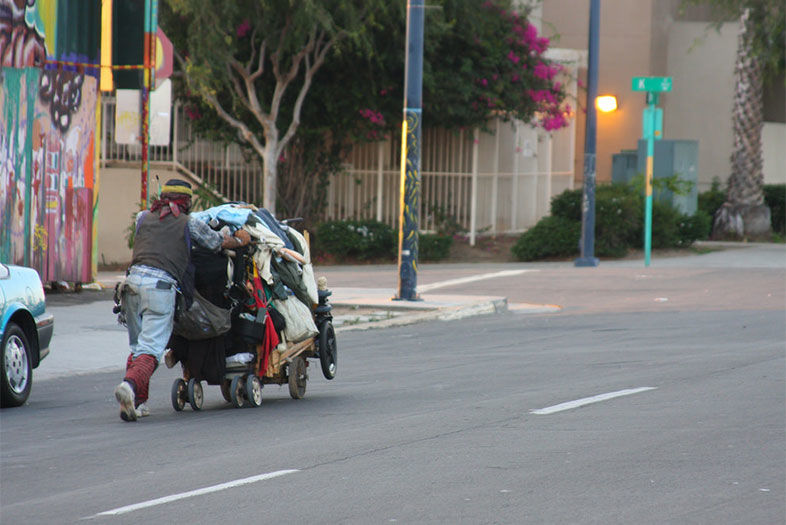
“We’re All One Misfortune Away from Becoming Homeless”
A homeless man pushing a cart in front of the Neil Good Day Center on 17th Street in August, 2008. | Photo by Kelly Davis
